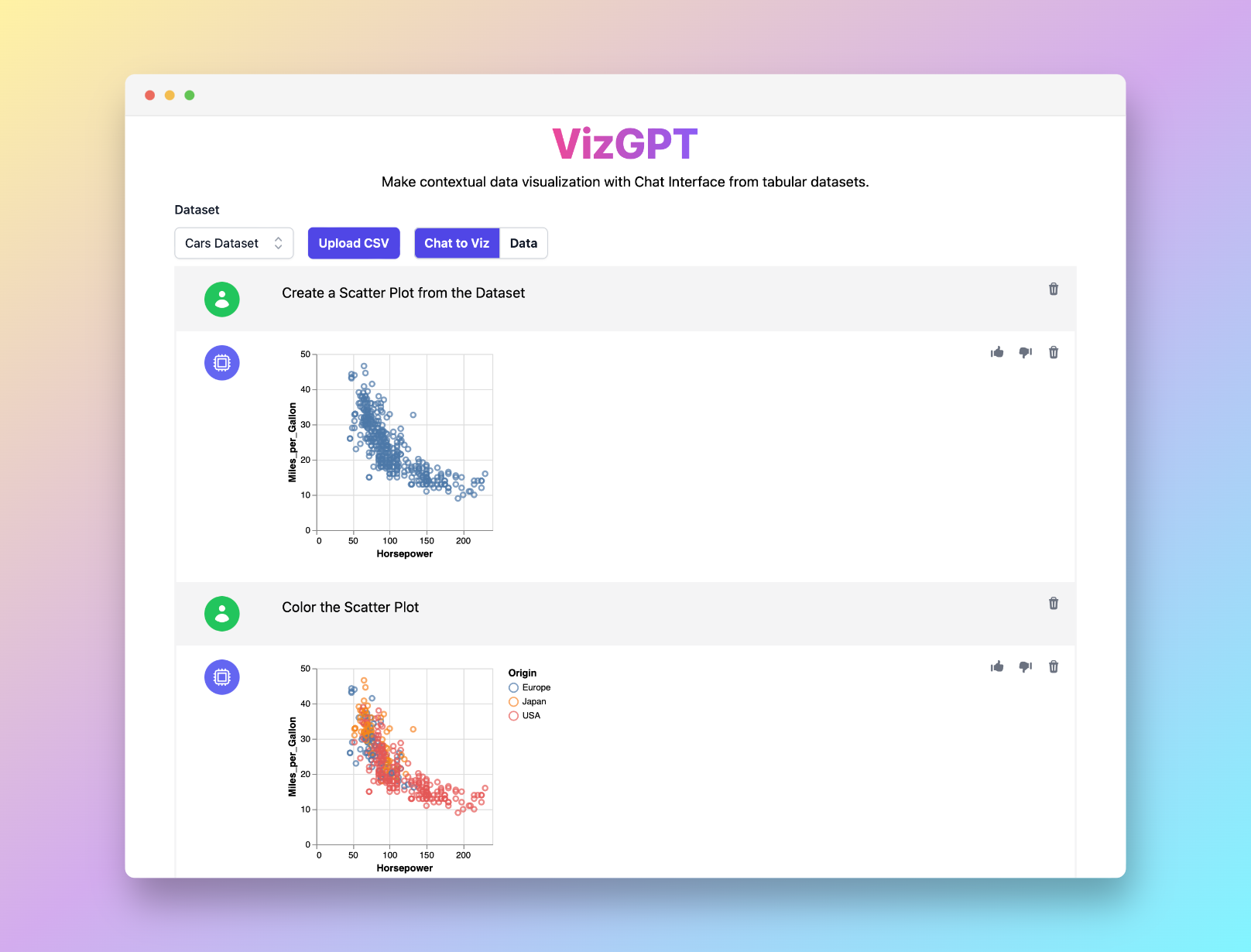How to Escape the ChatGPT Watermark
Published on
The world of artificial intelligence (AI) is ever-evolving, with innovations that continually push the boundaries of what we thought was possible. One of these groundbreaking developments is the AI-powered language model, ChatGPT. More recently, the talk of the town has been about a feature called the "ChatGPT watermark". This mechanism is stirring a lot of conversations among copywriters, students, and anyone else who leverages this AI tool for generating content. But what exactly is this watermark, and is there a way to escape it? Let's explore these questions in detail.
What is the ChatGPT Watermark?
ChatGPT, developed by OpenAI, is a language model widely used for generating human-like text. As its usage has become more widespread, concerns have emerged around the challenges it poses to content creators and educators. To address these concerns, OpenAI is working on implementing a "watermark" on the content generated by ChatGPT.
The concept of watermarking in this context doesn't refer to the traditional watermark we know—like an emblem or signature superimposed onto an image or document. Rather, in the case of ChatGPT, watermarking would involve manipulating the text generated by the AI in a subtle, algorithmically detectable way that doesn't interfere with the overall content quality.
The Science Behind the Watermark
AI language models like ChatGPT generate content using tokens—discrete units of information that can be anything from entire words to pieces of words or punctuation. The creation of these tokens follows a probability distribution process, which is inherently random. This randomness is why, given the same input prompt, you might receive slightly different outputs each time you run the model.
OpenAI's proposed watermarking technique alters this randomness in a specific way. It uses a cryptographic function to choose the next token in a "pseudorandom" manner. This subtle change leaves an invisible yet detectable pattern in the AI-generated content—a watermark that signifies the content as AI-generated.
Why is the ChatGPT Watermark Significant?
The implementation of a watermark in ChatGPT's content serves several crucial purposes. First, it addresses the growing concerns of plagiarism and academic integrity. As AI-generated content becomes more prevalent, it's harder for institutions and plagiarism detection tools to differentiate between human-created and AI-created content. The watermark could help maintain the integrity of academic and professional writing by allowing these entities to identify AI-generated work.
Furthermore, watermarked AI content can help mitigate the potential mass production of misleading or false information. By making it easier to identify and track AI-generated content, platforms and institutions can take action against content that breaches ethical standards or policies.
Lastly, the watermark acknowledges the hard work and effort of content creators and copywriters. By differentiating AI-generated content from human-produced work, it emphasizes and appreciates the unique creativity and skillset of professional writers.
Escaping the ChatGPT Watermark
While the watermark seems like a foolproof way to detect AI-generated content, there exists a workaround. The key lies in using another AI tool to paraphrase the text generated by ChatGPT. The process of paraphrasing alters the content enough to disrupt the watermark, thereby making the content appear as though it's not AI-generated.
Please note that while this method technically allows you to avoid the watermark, it's not without ethical considerations. Using AI-generated content without attribution
Unpacking the Paraphrasing Method
A secondary AI tool that paraphrases the content generated by ChatGPT essentially restructures the text while retaining the overall message. This changes the token sequence and disrupts the pseudorandom pattern that OpenAI's watermarking process creates. However, the success of this workaround largely depends on the sophistication of the paraphrasing AI. More nuanced and advanced models would be better equipped to alter the text in a meaningful and relevant way.
Ethical Considerations and Potential Countermeasures
While it may be possible to escape the ChatGPT watermark, this raises some ethical questions about the use of AI-generated content. OpenAI's watermarking initiative is intended to promote responsible use of AI technologies and to uphold academic integrity and respect for human effort. Thus, while technically possible, circumventing the watermark could be viewed as an infringement of these principles.
It's also important to note that OpenAI and other bodies concerned about the misuse of AI may impose stringent measures to deter such actions. Watermarking is a continuously evolving field, and it's highly likely that new, more sophisticated forms of watermarks will be developed to counter such workarounds.
The Takeaway
While the ChatGPT watermark might seem like an inconvenience to some, it plays a crucial role in promoting responsible AI use, upholding academic integrity, and appreciating the effort of content creators. It's a significant stride in the ever-evolving field of AI, one that aims to maintain a balance between technological advancement and ethical considerations.
With that said, remember that with great power comes great responsibility. We, as users of these sophisticated tools, should strive to use them responsibly, always acknowledging the work of others and upholding the principles of fairness and integrity.
Frequently Asked Questions
1. What is the ChatGPT watermark?
The ChatGPT watermark is a unique sequence of tokens generated by the AI in a pseudorandom manner. This sequence serves as a watermark that differentiates AI-created content from human-produced work.
2. How can one escape the ChatGPT watermark?
One method to escape the ChatGPT watermark is by using a secondary AI model to paraphrase the generated text. This disrupts the watermark sequence, making it difficult to detect the content as AI-generated.
3. Are there ethical considerations around escaping the ChatGPT watermark?
Yes, while technically possible, escaping the watermark raises ethical concerns. It potentially infringes on the principles of academic integrity, responsible AI use, and appreciation for human effort in content creation.
Need to Quickly Create Charts/Data Visualizations? You can give VizGPT (opens in a new tab) a try, where you can use ChatGPT prompts to create any type of chart with No Code!

